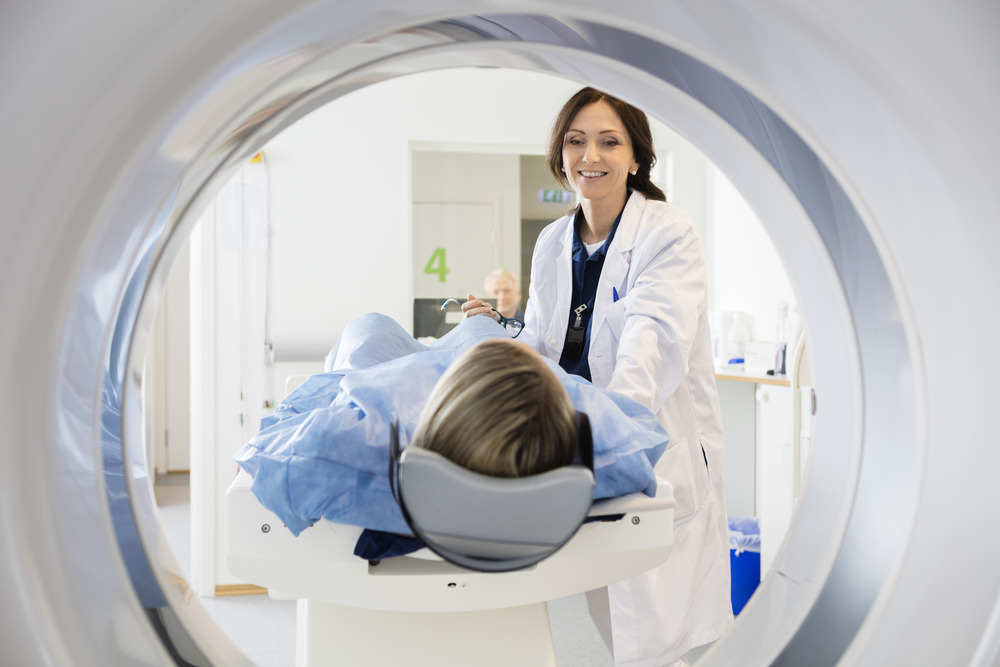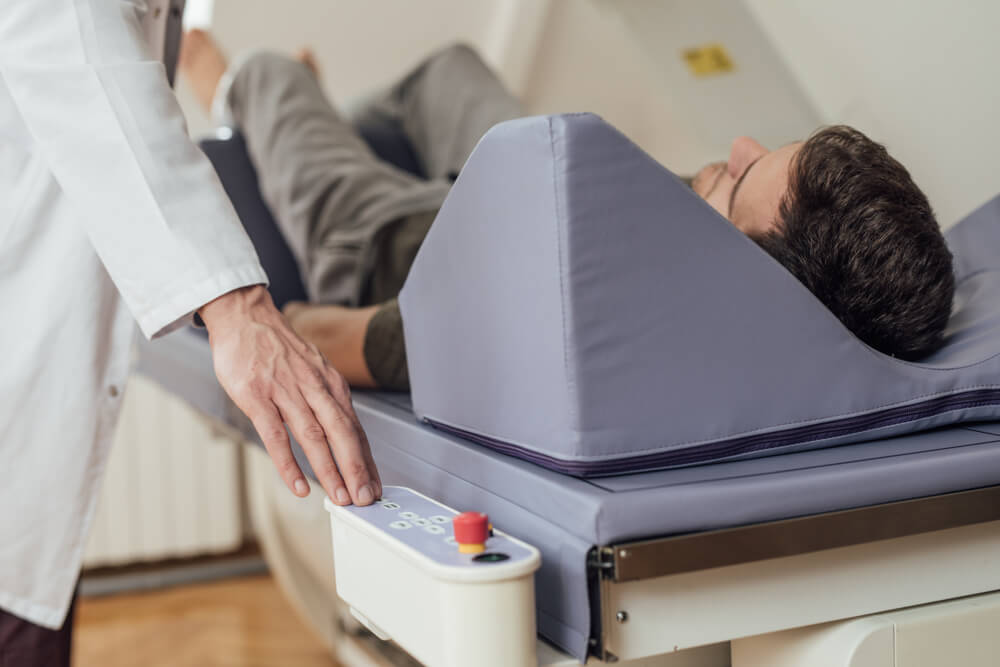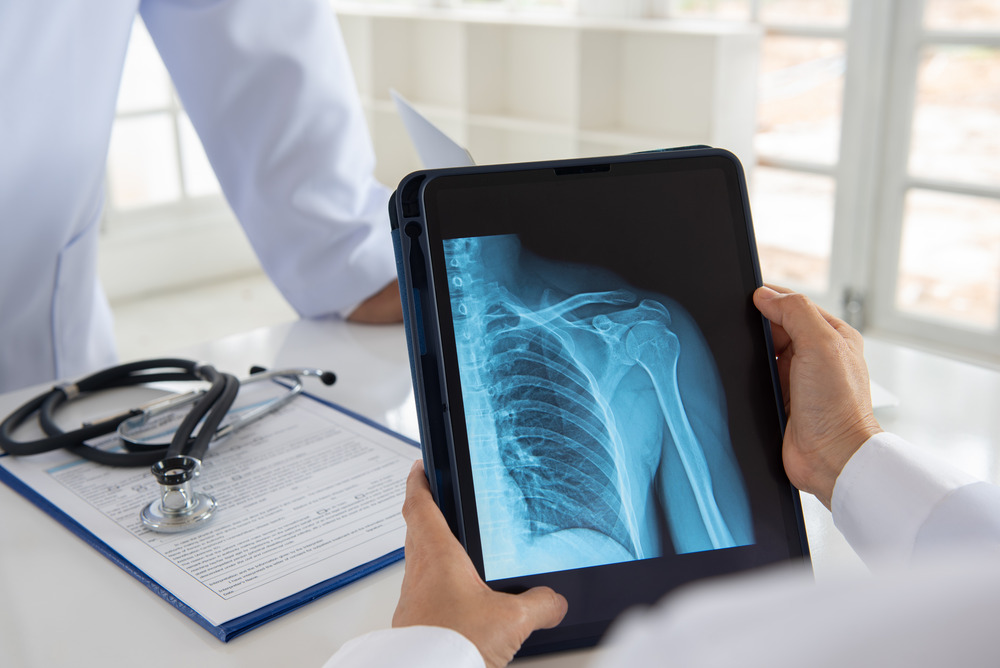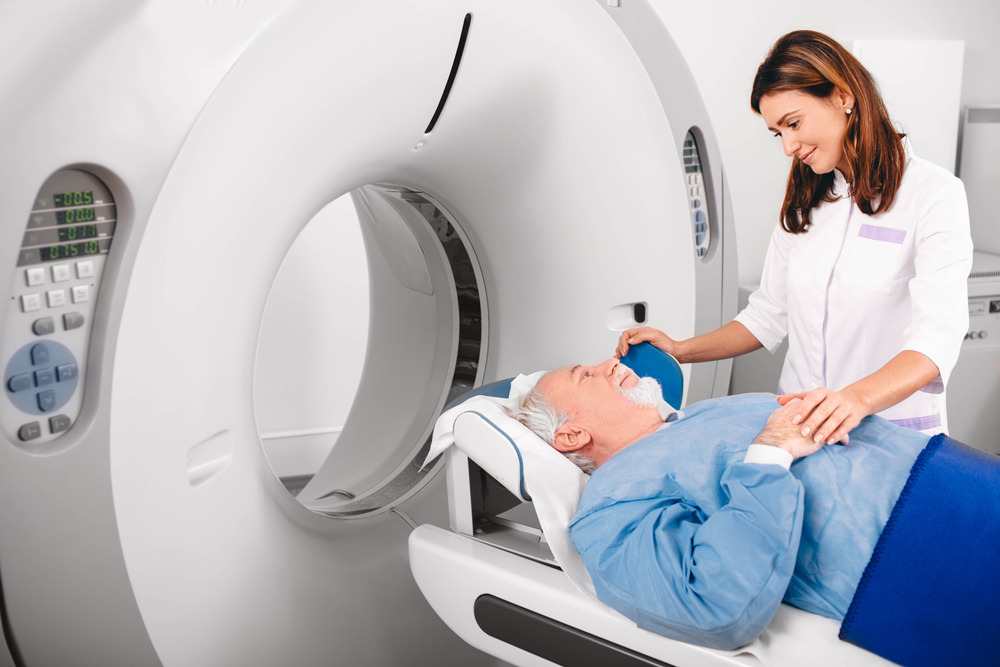
Our facility houses MRI that delivers unparalleled image clarity, ensuring our medical experts can make precise and accurate diagnoses. The equipment enables us to visualize intricate details of your internal structures, leading to more effective treatment plans and better healthcare outcomes.

Our facility boasts a team of highly skilled and experienced medical professionals specializing in MRI diagnostics. With their expertise and in-depth knowledge, you can trust that your MRI will be interpreted accurately and with attention to detail. Our staff is dedicated to providing compassionate care, ensuring you feel comfortable and supported.

We understand the importance of timely results in healthcare decision-making. Our efficient MRI services are designed to deliver prompt reports, allowing you and your referring healthcare provider to take immediate action if necessary. Count on us to provide fast and reliable results, helping you take the next steps toward improved health and well-being.







Our mammography services offer advanced diagnostic imaging, providing detailed, non-invasive insights into the body’s structures, aiding in accurate medical diagnoses.